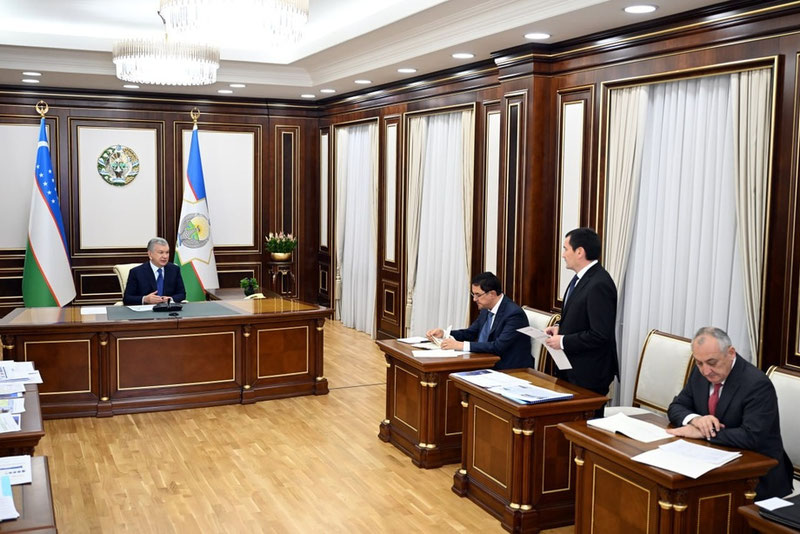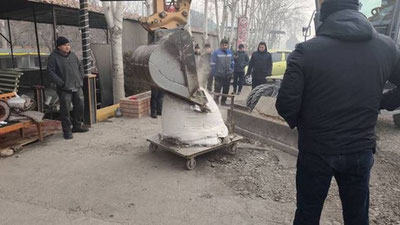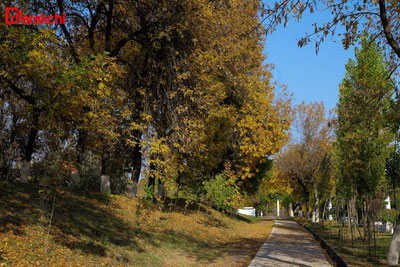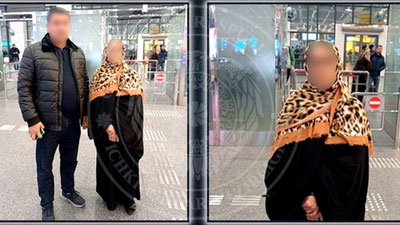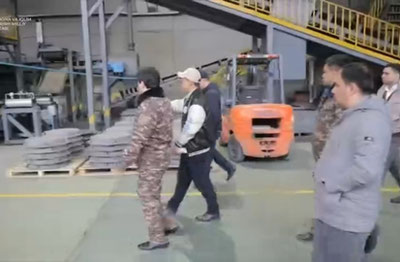The work being carried out in the railway sector and plans for the coming years were presented to President Shavkat Mirziyoyev.
The large-scale transformation processes launched in the railway network have begun to yield positive results. Last year, the sector ended with a net profit for the first time, and in the first nine months of this year, net profit exceeded 800 billion soums. Transit and passenger transportation volumes, as well as export and investment volumes, are increasing.
The presentation emphasized that it is necessary not to limit oneself to these results, but to continue improving the quality and expanding the coverage of railway transport services in line with population growth and economic expansion, and to continue reducing costs in the network.
In particular, it was noted that by establishing AI-based control at all stages, from accounting to traffic flow, it is possible to analyze costs, identify losses occurring along the way, and on this basis, reduce the tariff by 20 percent.
It was pointed out that it is necessary to at least double the volume of passenger and freight traffic between 2026 and 2030.
To ensure this, information was provided on plans to build 151 kilometers of new railways, electrify 182 kilometers of lines, and modernize 27 existing stations and 1,000 kilometers of track.
In particular, new electrified railways will be built on the "Nurafshon – Pskent – Bo'ka – Bekobod – Boyovut – Yangiyer" and "Hovos – Dashtobod" routes. Electrification of the "Qumqo'rg'on – Quduqli", "Samarkand – Urgut", and "Baytqo'rg'on – Parkent" lines, and plans to increase the throughput capacity of the "Tashkent – Samarkand", "To'qimachi – Angren", and "Angren – Pop" lines have been scheduled.
To activate commuter train traffic around cities across the republic, it was proposed to open 15 new routes in addition to the existing 40 routes.
In particular, it was noted that by launching commuter services on routes such as "Tashkent – Nurafshon – Ohangaron – Angren", "Navoiy – Zarafshon – Uchquduq", "Qo'qon – Namangan – Andijon – Marg'ilon", "Termiz – Qumqo'rg'on – Boysun – Darband", "Nukus – Shovot – Urganch – Khiva", "Jizzakh – Do'stlik – Aydar-Arnasoy lake", "Qarshi – Shahrisabz", convenient conditions will be created for the daily travel of the population.
The meeting also touched upon the issue of expanding the high-speed network. Instructions were given to accelerate the commissioning of the 102-kilometer "Navoiy – Bukhara" railway line. It was emphasized that the launch of this line will significantly reduce time and costs in freight and passenger transportation.
Plans for expanding the fleet of locomotives and wagons for new routes and lines to be built in the coming years were also outlined.
In particular, it is planned to purchase 38 mainline locomotives and 50 shunting and hybrid shunting locomotives from China. In cooperation with Korea's "Hyundai Rotem" company, 6 high-speed electric trains will be acquired, with the instruction to put the first one into service on the "Tashkent – Urganch – Khiva" route next year. This is expected to reduce travel time on the route from the current 14 hours to 7.5 hours.
Furthermore, conditions for passengers will be improved by building 250 modern passenger cars in our country and purchasing 23 intercity electric trains. Tasks have been set to build 10,000 freight cars, repair over 6,000, and perform major overhaul on 12 electric locomotives.
The necessity of increasing public-private partnership projects in the railway sector was also highlighted.
The meeting also reviewed the progress of practical work on the construction of the "China – Kyrgyzstan – Uzbekistan" railway.
Our President specifically emphasized the strategic importance of this route in increasing transport connectivity in Central Asia and further strengthening our country's transit potential, and gave instructions on ensuring the quality of construction work.
At the end of the meeting, specific tasks were given to the responsible persons regarding the timely and high-quality implementation of the designated projects for modernizing and expanding the railway network, widely utilizing digital technologies and artificial intelligence to optimize costs, as well as creating an even more convenient, safe, and reliable environment for passengers and businesses in the sector.
